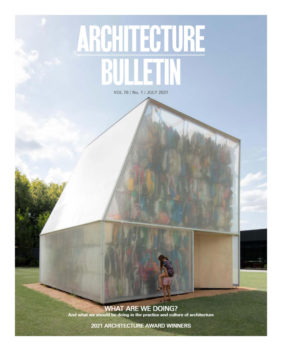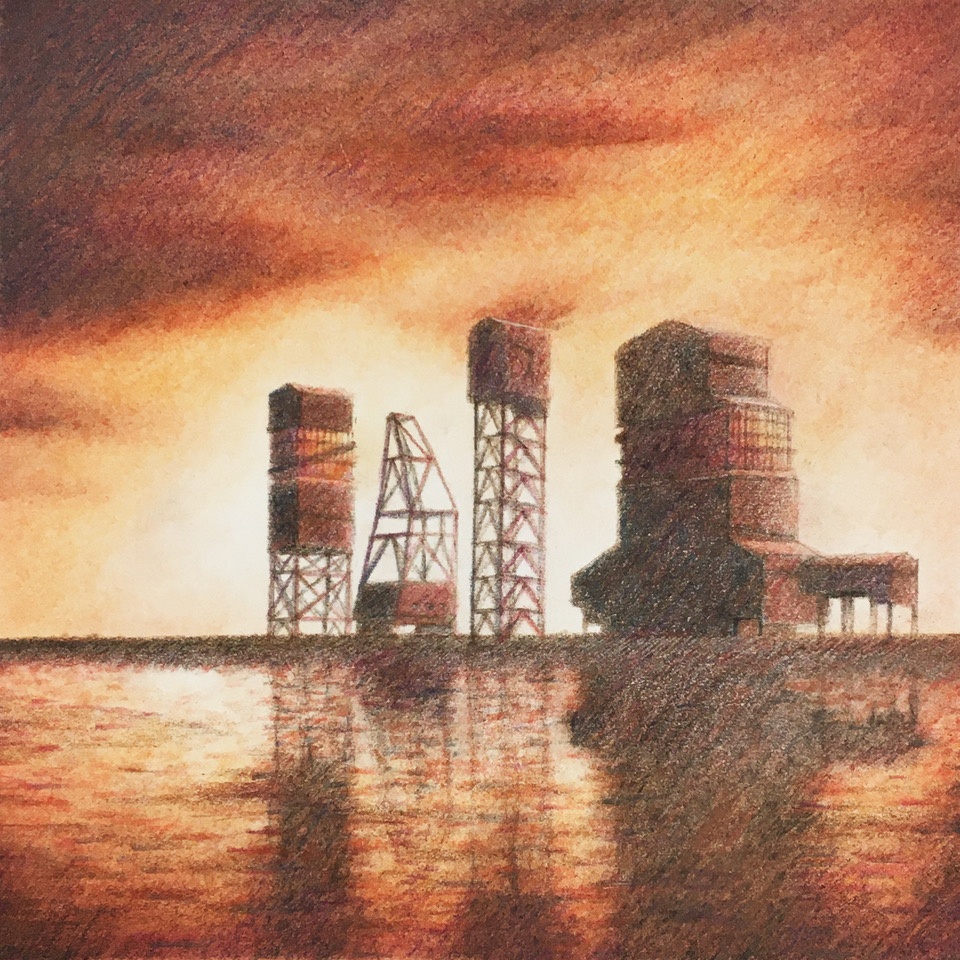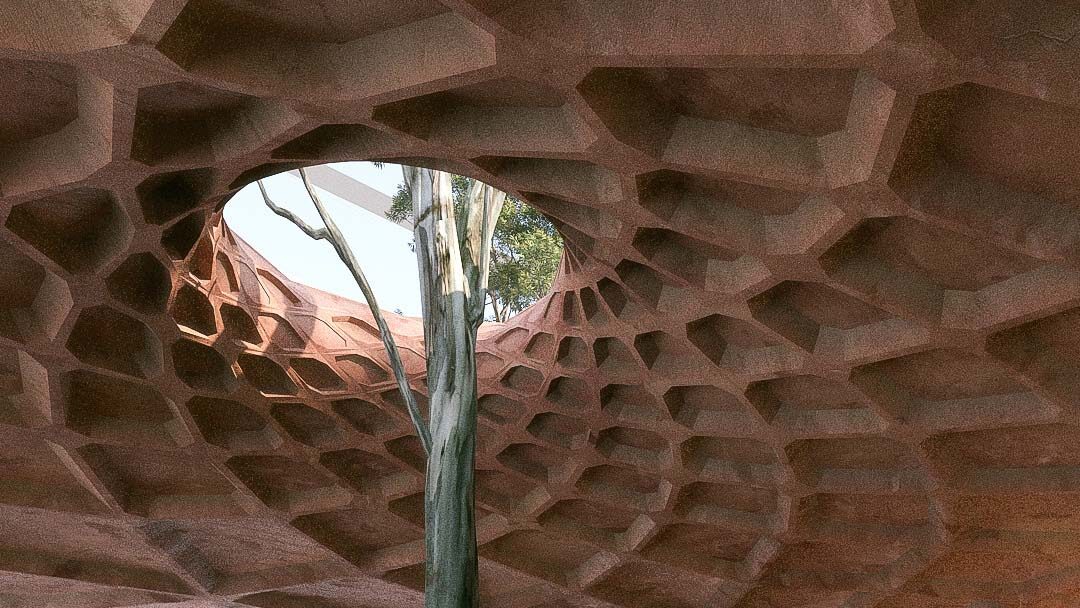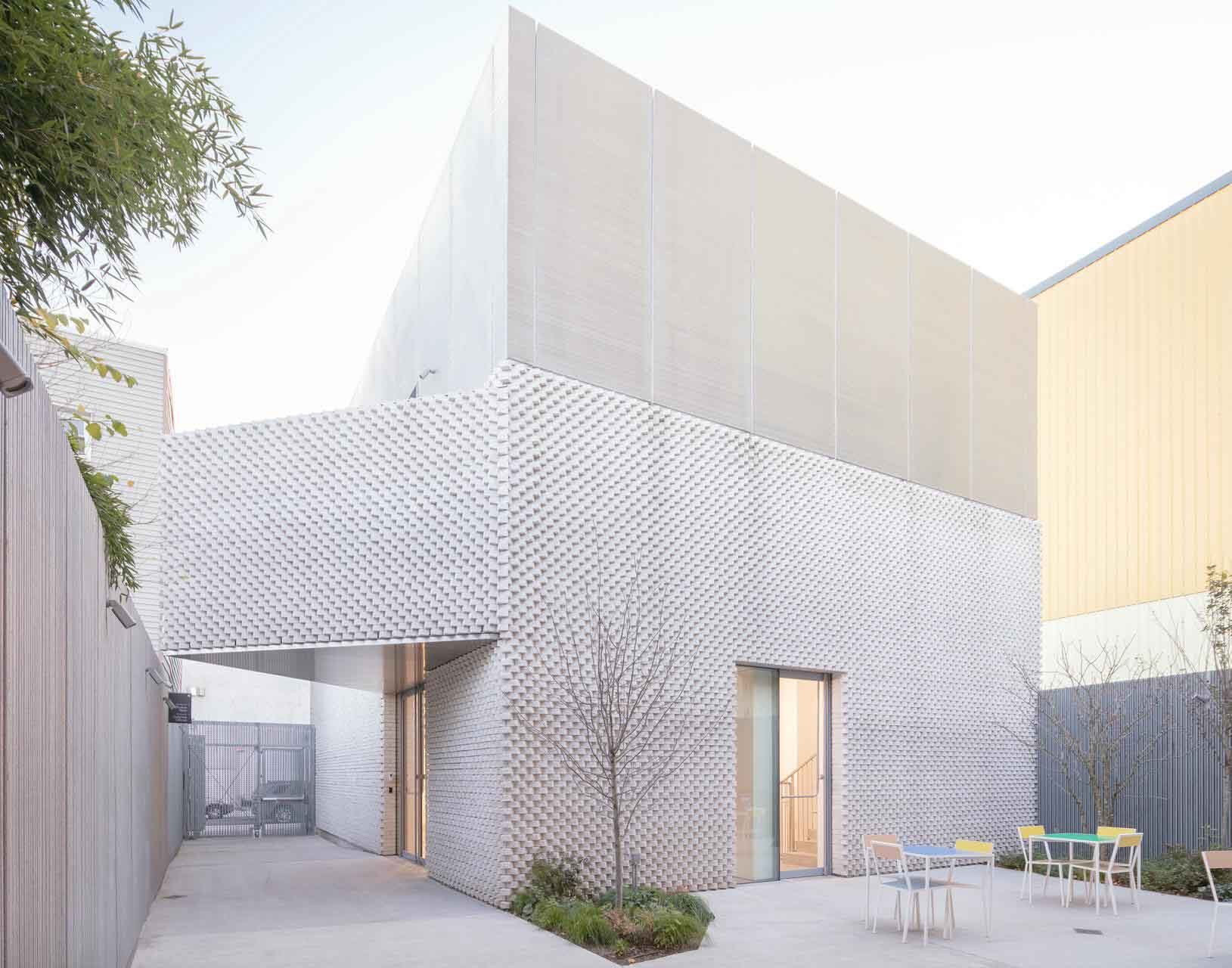Architects propose buildings. That is our job. And in an alarming number of contexts, it is becoming the wrong thing to do. Coastal homes falling into the sea. Bushfires consuming whole towns. Taps running dry inland.
In the cities, office towers for staff who won’t return. Road and rail projects for commuting patterns that have ended. Stadiums for crowds that have dispersed. Museums for tourists who aren’t coming. Built on heritage that cannot be replaced.
Even when we ought to build, we build with sand from fragile wetlands, water from shrinking dams, steel from noxious mines, energy from fossil fuels. To create boxes that expend more of the same, year after burning year.
And somehow fast tracking the construction industry is the thing that’s going to save us.
What are we doing?
And what should we be doing instead?
We first drafted this ‘rather portentous call for contributions’ in July 2020, when the world was beset with pessimism. Since then we have only accelerated back to full force, not having stopped to learn anything at all in the meantime.
Our call was not an invitation to even bleaker pessimism, but rather for positive assertions of where and how architects can break out of this habit of building the wrong thing in the wrong place out of the wrong materials. The logical conclusion is that we should stop building entirely to do something more useful with our expertise. In the 1980s, Francis Duffy, founder of DEGW and pioneer of The New Office argued against architecture being understood as a craft in favour of being understood as knowledge work. Research, investigation, knowledge creation, demonstrated outcomes, justify what we do, not our intentions. Despite what we would rather be doing, perhaps it is as building consultants rather than as building designers that we will be more constructive, and potentially better paid. Setting out for governments and corporations how to think and act in relation to buildings, rather than what to build and where.
In this line of thinking, the most positive contribution we can make is to use our knowledge both as individual architects and as a profession to drive where building does and does not occur, preventing indefensible projects from ever happening, along with all their associated wastage and emissions. Where we must build, our purpose is not so much to shape each element as to make every element work much harder. The Dutch firm cepezed has for at least two decades promoted the idea of intelligence per kilogram as a metric for effective building. This is a good start to thinking about what kind of value we are adding in our work, and to ensuring that our often otherwise intuitive design choices are justified.
In the contributions that have responded to this call, we see architects seeking one way or another to reset the foundations of what we do. Knowledge is sought in quite varied arenas – Country, body, history, domesticity, reflexivity. Some of it may not stand up. But that is partly the point. We know how little of what we do withstands real scrutiny, that most of what we attempt to stand up will get knocked down again. The task is to continue to search for real justification. We can justify but only if we know, and we can know but only if we stop to learn, but most importantly, if we stop.
Kerwin Datu Datu is a practising architect as well as a qualified urban and economic geographer, and the past chair of the NSW Chapter’s editorial committee.

Published online:
9 Jul 2021
Source:
Architecture Bulletin
Vol 78 / No. 1
What are we doing?
July 2021



